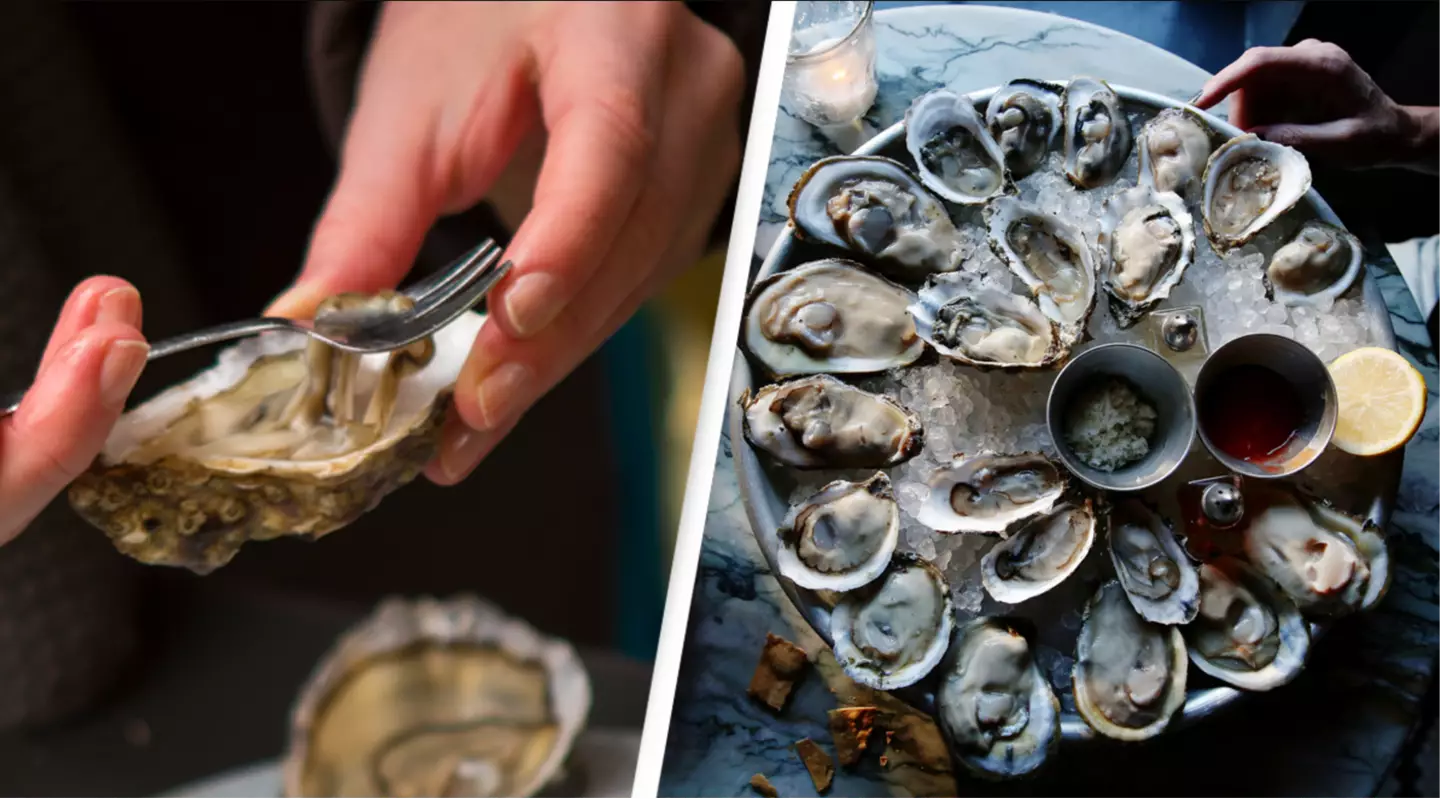
A man in his 30s has died after eating raw oysters at a restaurant.
The unnamed individual visited the local eatery in Galveston, Texas, on Tuesday, August 29, and was admitted to hospital two days later.
Sadly he never left the hospital and died over the Labor Day weekend from a bacterial infection.
Advert
The name of the restaurant has not been shared by officials, but an investigation is currently underway.
Dr. Philip Keiser, from the Galveston County Local Health Authority, has since disclosed that the man had 'underlying health issues'.
"He had problems with his liver. He also had some other problems, and he had to take some medication that suppressed his immune system," Keiser told FOX 26 Houston.
Advert
"It just so happens that the conditions that he had really predisposed him to an overwhelming infection with Vibrio Vulnificus."
The man's health issues made him more likely to contract an infection.
It's rare for someone to die from Vibrio Vulnificus and, of the average 80,000 people a year who fall ill with it in the US, only 100 die.

According to Centers for Disease Control and Prevention (CDC), 'most Vibrio infections from oysters result in only diarrhea and vomiting'.
Advert
However, in more serious cases, in can cause bloodstream infections and severe blistering skin lesions.
Other symptoms of an infection include abdominal cramping, fever, and chills and occur within 24 hours of ingestion.
In light of the man's recent death, authorities have urged people to be extra cautious when eating raw seafood.
In regards to what to look out for, it's apparently impossible to tell if an oyster is bad or not.
Advert
The CDC's website states: "An oyster that contains harmful bacteria doesn’t look, smell, or even taste different from any other oyster."

As to how oysters become bad, bacteria can enter an oyster's tissues via the filtering water it feeds from as Vibrio bacteria naturally inhabit coastal waters where oysters live.
If you plan on eating oysters any time soon, people are encouraged to make sure that they're cooked properly, therefore killing any harmful bacteria.
Advert
For shucked oysters, seafood fans are advised to either boil them for three minutes, fry in oil for at least three minutes at 375° Fahrenheit, broil three inches from heat for three minutes, or bake at 450° Fahrenheit for 10 minutes.
If you prefer to prepare your seafood while its in the shell, the CDC say you should boil them until the shells open and continue boiling another three to five minutes, or add to a steamer when water is already steaming and cook for another four to nine minutes.
Topics: Texas, US News, Health, Food and Drink